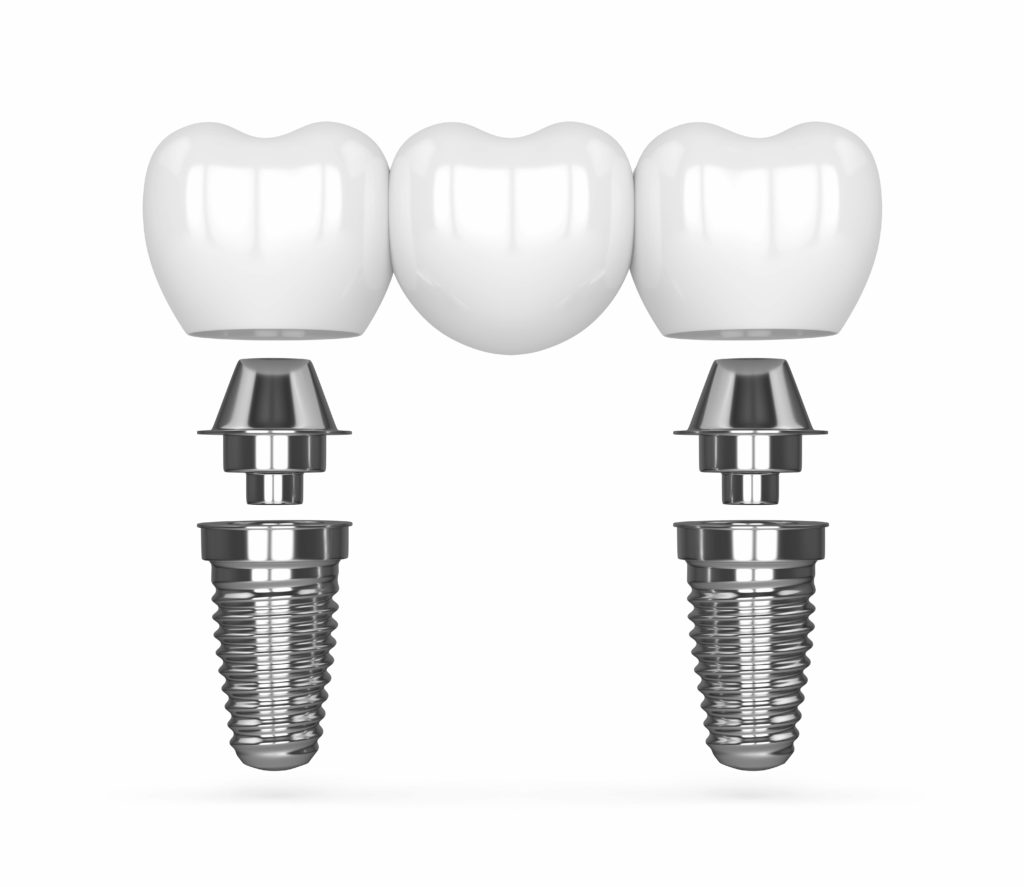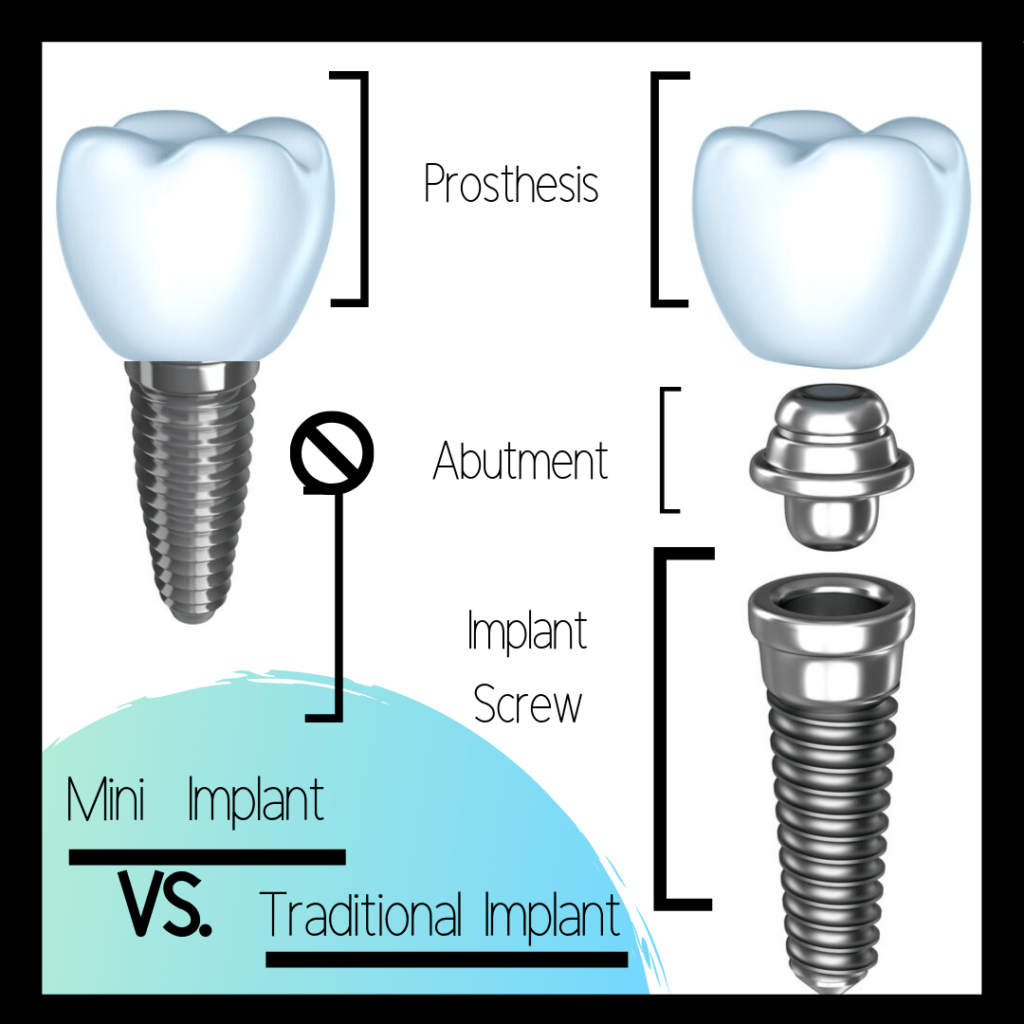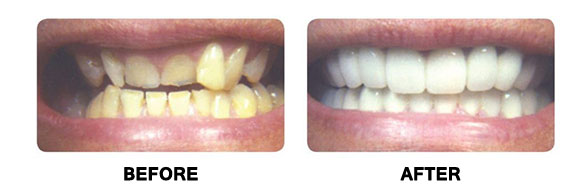Home » 10 Reasons Why Dental Implants are the Best Restorative Treatment (Part I)
Are you one of the 120 million Americans that is missing a tooth? Are your decayed or damaged teeth putting you closer to joining the missing tooth group? Do not fear! Just because you are currently or soon to be missing a tooth, doesn’t mean you have to live with a hole in your mouth forever. Thanks to dental implants, you can restore both the function and look of your tooth. In fact, dental implants are viewed by dentists as one of the best restorative treatments. Here are ten reasons why:


Dental implants are strong enough to support a variety of dental prosthetics. According to the American College of Prosthodontics, the most popular dental prosthesis is a dental crown. In fact, they estimate that around 2.3 million single implant-supported dental crowns are fabricated every year. Besides dental crowns, dental implants can also support dental bridges and dentures, meaning they can be used for a variety of restorative cases.

Dental implants also come in two different types. Endosteal implants are the most commonly used, so they are the type of implant that most people are familiar with. Endosteal implants are implanted into the jawbone. Subperiosteal implants are not as commonly used or as well known. Subperiosteal implants sit on top of the jawbone, rather than inside it. This allows dental implants to work for patients with different dental needs.

Dental implants also come in different sizes. In most cases, a standard sized implant is used. However, there are cases when either a wide or mini dental implant may be used. Wide dental implants are slightly larger in circumference than the standard size and are used when a dental prosthesis is being used to restore a molar. Mini dental implants are slightly narrower than a standard size and are used in tight spaces or when there is a lack of bone mass. Mini dental implants are often called MDIs or narrow dental implants. The range of sizes also allows dental implants to work for patients with different dental needs.


Just as implants come in different types and a range of sizes, their structure can also vary. For example, subperiosteal implants are made up of a metal framework that sits on the jawbone just below the gums. Endosteal implants, on the other hand, are composed of a titanium screw that is placed into the jawbone. Endosteal implants are available in different sizes that can affect their structure as well. Standard and wide dental implants are composed of three pieces: the implant screw, the abutment (connector), and the dental prosthesis. In MDIs, however, the connector and dental prosthesis are fused together, making MDIs only two pieces.

In most cases, dental implants can be placed in a single dental appointment. To place a dental implant, you can expect to be anesthetized and sedated to keep you calm and comfortable. A small incision will be made in your gums to access your jawbone. The existing tooth socket will then be shaped and the implant screw will be placed. Most likely, the abutment will also be connected and the gums will be sutured up around it. This means that the abutment will stick out above the gum line. In some cases, a second dental appointment is needed to uncover the implant screw and attach the abutment. For more information, see “Dental Implants”.
Check back next week for reasons 6-10 of why Dental Implants are the Best Restorative Treatment.

Dr. Anthony Mancino is Monmouth and Ocean County New Jersey’s General and Cosmetic Dentist and has been practicing for over 25 years focusing on cosmetic and overall dental health. Dr. Mancino is a graduate of Villanova University and University of Pennsylvania. He is also a member of the American Dental Association, New Jersey Dental Association, Monmouth & Ocean County Dental Association, American Academy of Cosmetic Dentistry, and the Academy of General Dentistry.
After-Hours Emergencies Or Issues
Call 732-556-9600
Our Services
Dental Emergencies
General Dentistry
Cosmetic Dentistry
Restorative Dentistry
Full Mouth Reconstruction
Smile Makeover

3350 Route 138 W
Bldg 2, Ste 127
Wall Township, NJ 07719
(732) 556-9600
 3350 NJ-138 W. Bldg 2, Ste 127, Wall Township, NJ 07719
732-556-9600
Prices Vary
Comprehensive Dentistry -
5 star rating - based on 25+ reviews in Google
3350 NJ-138 W. Bldg 2, Ste 127, Wall Township, NJ 07719
732-556-9600
Prices Vary
Comprehensive Dentistry -
5 star rating - based on 25+ reviews in Google
